If you are an 18 years old adult, assuming your life expectancy to be 90. You would have about 864 months of your life left. Take a second to take that in, probably not as many as you expect and I’m sorry to say it does gets worse because about 1/3 of that time is going to be spent sleeping (268 months). On average, 126 of those months you’ll go to school or your career. About 18 will be spent driving, 36 cooking and eating, 36 doing chores and errands and about 27 in the bathroom and taking care of personal hygiene. So, that leaves you with 334 months optimistically for everything else.
So, this is where you tick the boxes on your bucket list. This is where you pursue your passions and travel the world and leave your mark. How you spend this time is going to determine the quality of your life. This time isn’t just you spend but it’s also something you invest because what you do with it will quite literally determine the kind of person you become. The body, mind and the character that you will have in future are being actively shaped by how you choose to use your time today. So, take a second and ask yourself. What you want to do with that free time? What things that you want to do that you haven’t done yet? Who do you want to spend that time with? What is worth investing it in?
I’m pretty much sure that scrolling through tick-tock, binge watching Netflix and playing video games probably didn’t come to mind. But today an average 18-year-old is on pace to spend 93% of his remaining free time looking at the screen. How sad is it!

Imagine being at the age of 90 and knowing about how you spend all your time after the age of 18 and thinking about all the things you could have done that you didn’t do because you got distracted. And I also want you to think what those 26 years of screen time would do to you? What is that an investment in? how would it change you? It’s well established that there is a huge link between high screen time and mental issues such as depression, anxiety. But recently we’ve started to unveil the cognitive consequences of excessive technology use as well.
When we’re constantly staring at our screens, we’re constantly switching our attention between different pieces of information. The average tick-tock is about 15 seconds long and over 55% of web pages are viewed for 15 seconds o less. And if you’re switching your attention every 15 second for an average of 8 hours and 39 minutes a day. You’re training yourself to become chronically distracted. Think what that will do to your career, to your relationships and to your ability to pursue the things that matter the most.
Unfortunately, the consequences of screen time are not only limited to our mental health and cognition. Because every social media platform carries a message that affects what we believe. They influence the way we see ourselves and the way we see the world purely based on how they are designed.
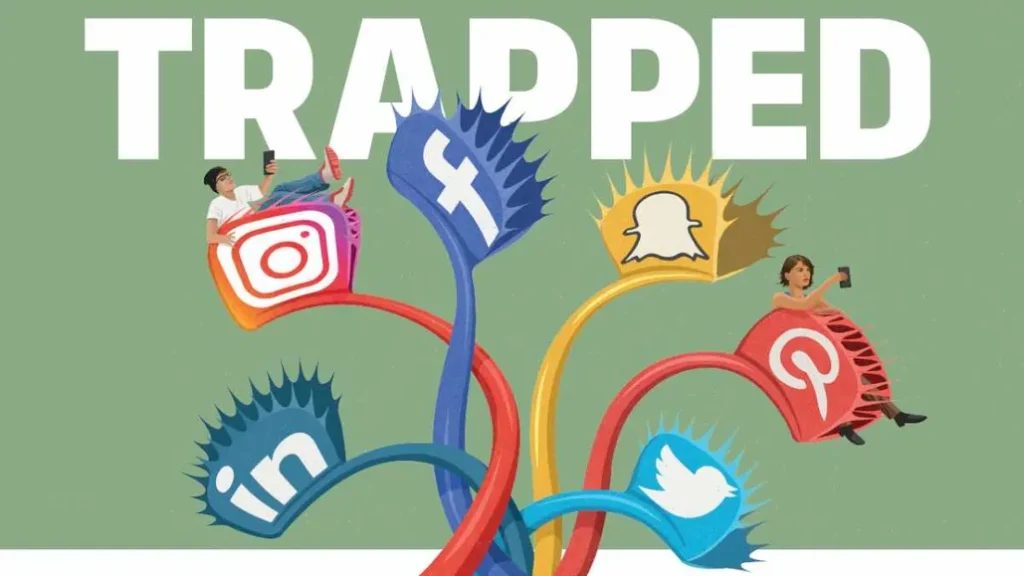
Instagram inherently says that your worth is largely defined by what you look like and what you do on vacations. It compels you to capture all the most meaningful moments of your life on camera and share them with your entire social network. And it implicitly says that it is more valuable to have a thousand people that will give you a transient social approval then a few that deeply care about you even when it’s not your best day.
Snapchat inherently says that the quality of our relationships is best measured by the frequency of our communication regardless of what we’re actually saying. You get a point added to your snapchat streak even if you just a picture of a side of your face with a caption streak.
Twitter says that anything worth saying can and should be reduced to an arbitrary number of characters. It says that the world is black and white, that it is more important to be updated about everything than deeply informed about anything.
When you start to compare the messages, these platforms are sending with those of technologies from the past, you begin to get a sense of what we might be losing. Because the inherent structure of a book says that the world is complex, and it takes time to understand. It compels us to walk in the shoes of other people and see them from their perspective with context. And it forces us to focus on one train of thought for an extended period of time, which nurtures our attention. The letter tells us that our communication doesn’t need to be frequent, it just needs to be deep.
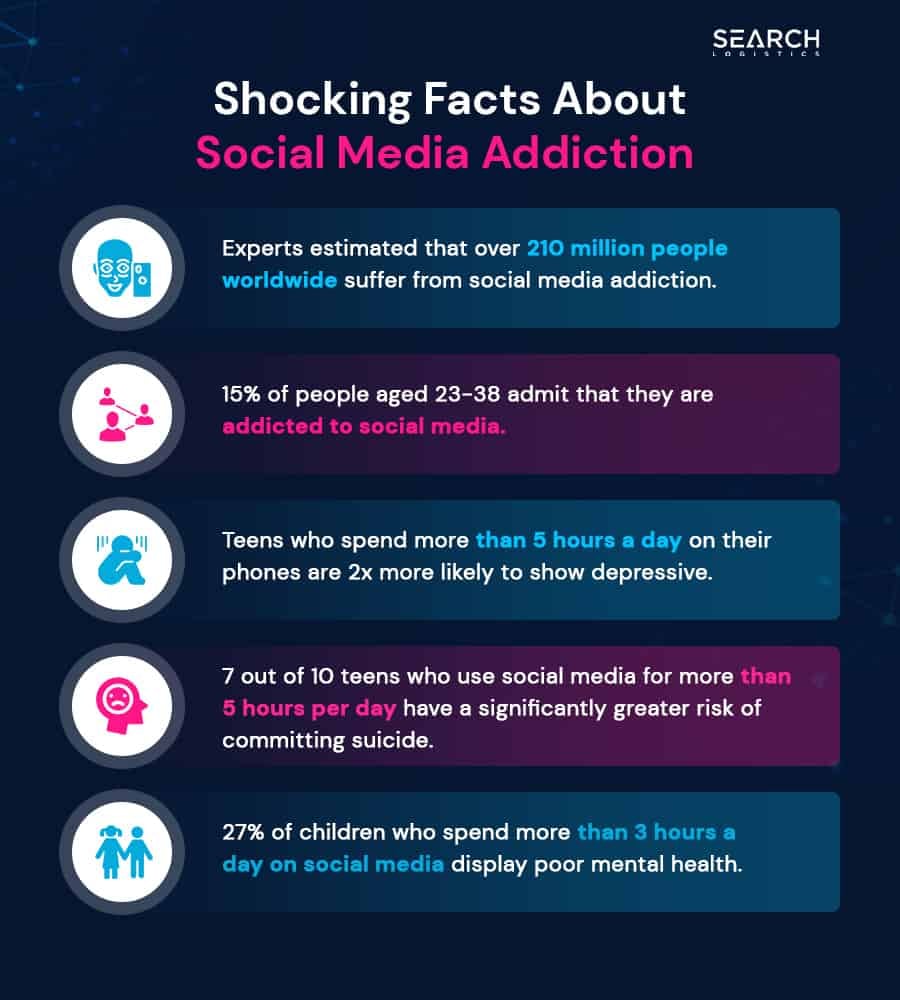
When you factor all that in, it quickly becomes clear that the opportunity cost of the screen time is impossible to calculate. There is a difference between how much time we say our screens are worth and how much time we actually give them. And it is critical to realize that it is not an accident, that is by design. It is a consequence of a business model that has incentives which are fundamentally misaligned with your well-being. Because you are the product that social media sells. These services are free because they are monetizing you. They profit by helping advertisers change your future behavior whether that be where you spend your time, how you spend your money or even who you vote for. In order to do that they have to do two things; they need to figure out which adds are going to influence you by collecting as much data about you as they possibly can. And then they need to show you as many of those adds as possible.
So, social media is free because you pay for it with your time. Their profit is directly linked to how can they can get you to scroll and every social media platform is in a battle with each other to capture as much of your free time as possible. So, let’s run a thought experiment. I want you to ask yourself. How much would you pay for your favorite social media platform if it charged to a monthly subscription fee? So, pick the app that you use most. Let’s do a quick calculation to figure out how much you are effectively paying for an app like tick-tock. We’ll assume that you value your time at a rate of 20 dollars per hour and you’re spending two hours per day on the platform or 30 days a month. So, you’re effectively paying 1200 dollars per month for tick-tock.
When you start to do such kind of analysis, it quickly becomes clear that most of us are drastically overpaying for social media. My ask of you is this, figure out what it means for you to get a good deal out of social media platforms. In order to do that, you have to do two things; you have to ask yourself what value do these platforms provide and second, you have to ask how much of your time is that value worth. Now, I want to be clear here. I’m not saying social media is without value. It can be an incredibly powerful tool. It can foster relationships. It can introduce you to new ideas. It can even spark social movements. But we need to learn to use it in moderation. Don’t let yourself to the age of 90, only to look back on your life and realize that while you were trying to avoid from fomo (fear of missing out), you actually missed out on living. That free time is your most valuable resource. Don’t give it away for free. Always open the app with a purpose in mind and leave when mission accomplished.
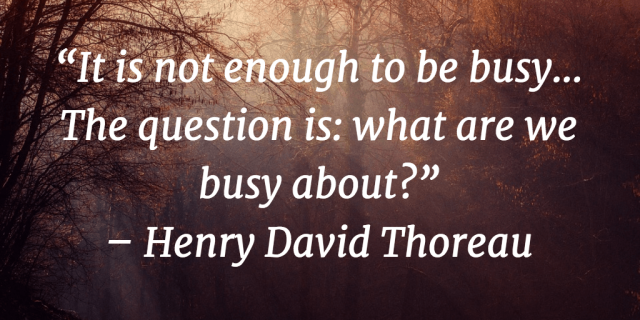

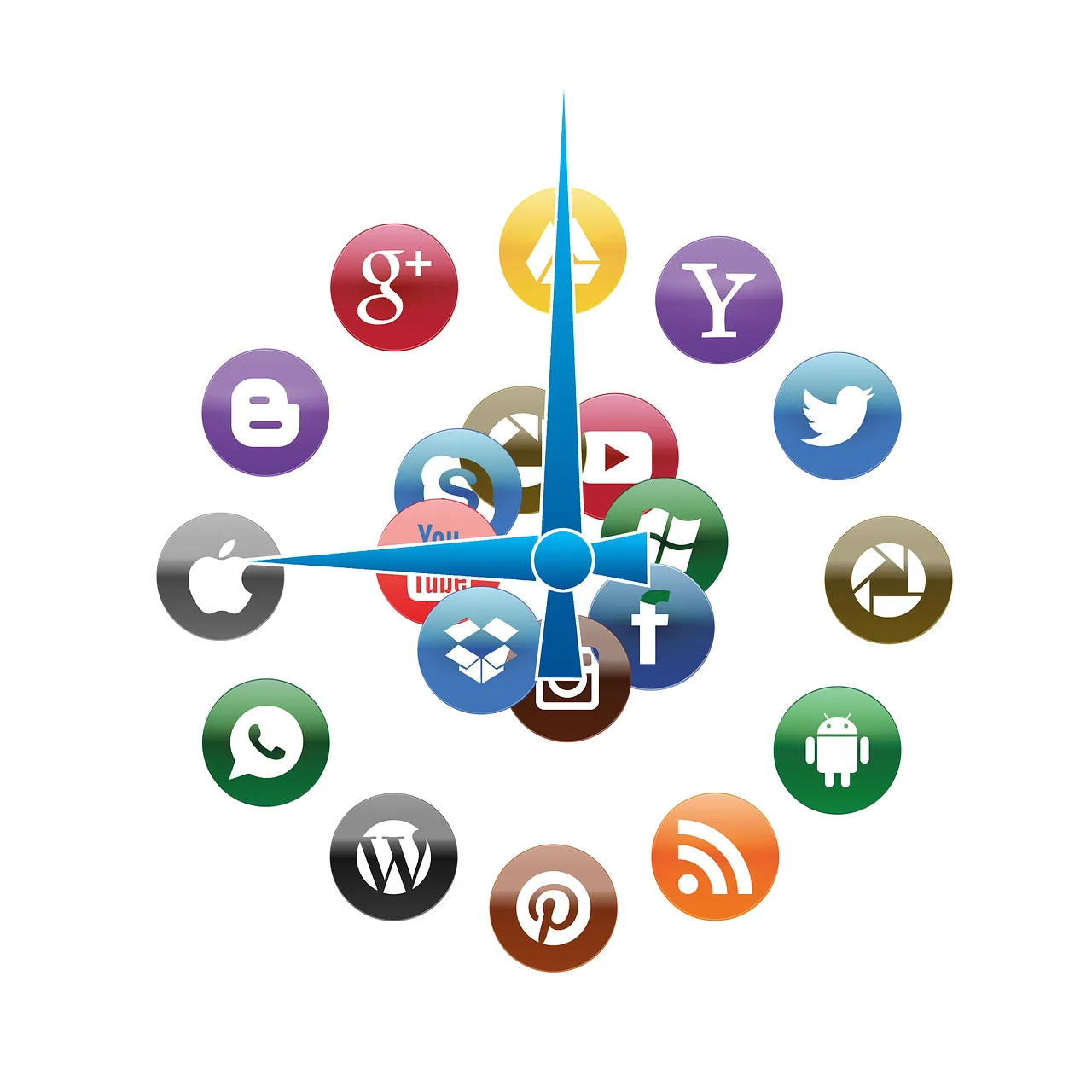


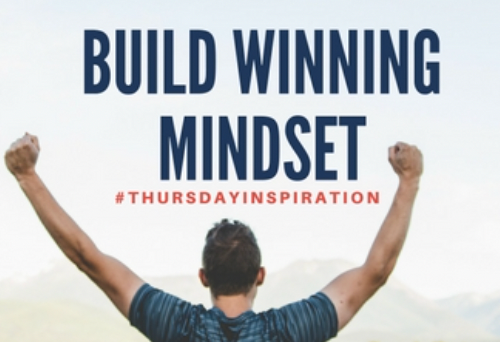
Your article helped me a lot, is there any more related content? Thanks!
Thank you for your sharing. I am worried that I lack creative ideas. It is your article that makes me full of hope. Thank you. But, I have a question, can you help me?